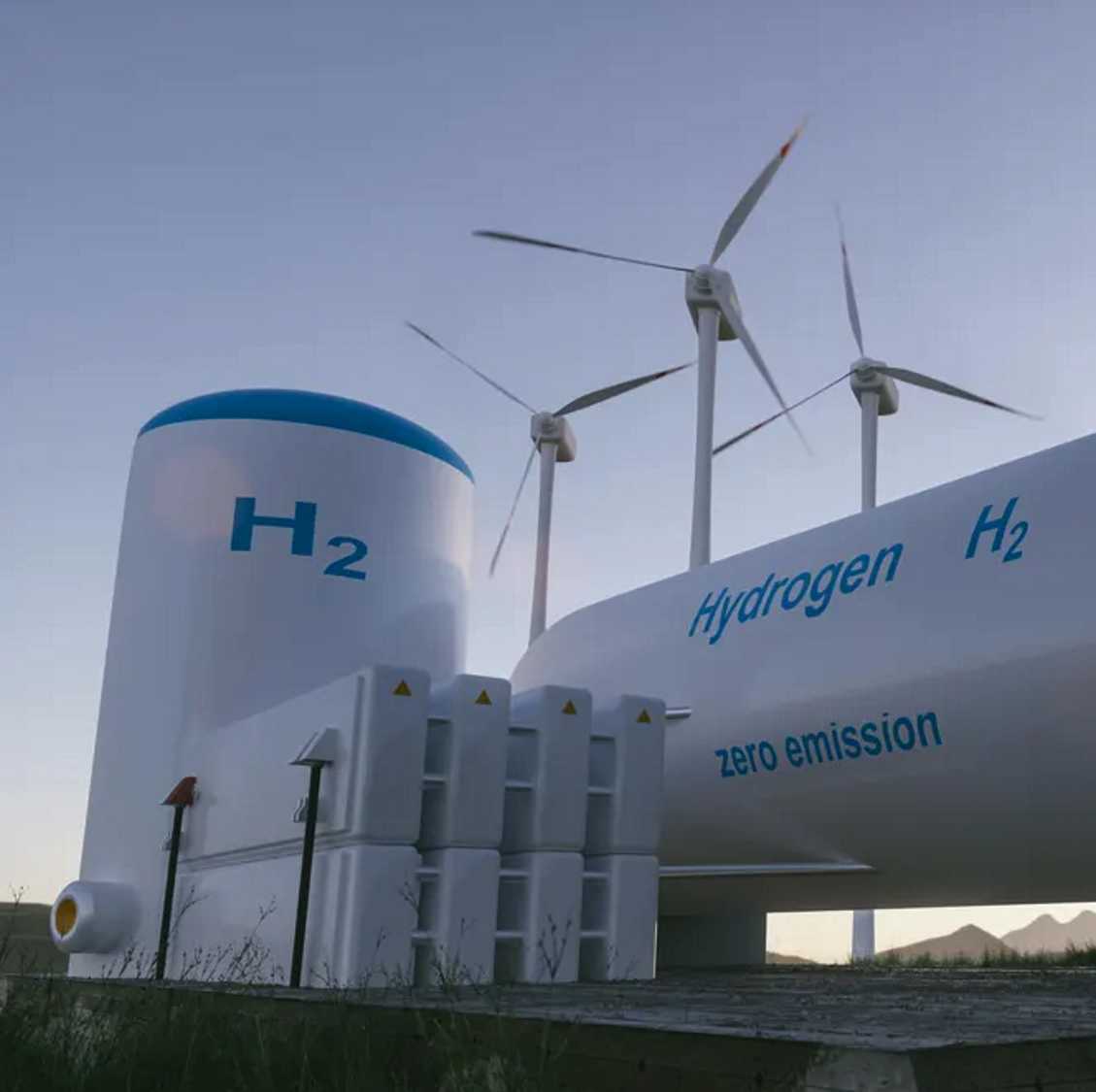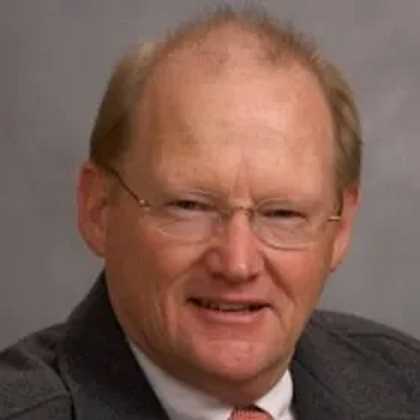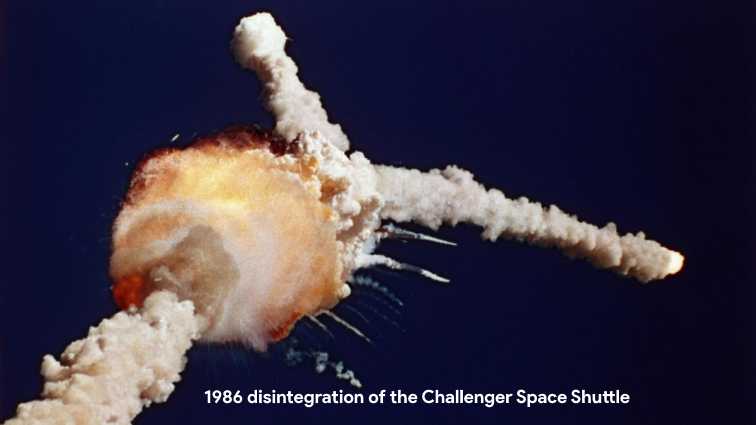
An opinion piece from Ciaran Keogh:
Ciaran is the Director, Principal and Senior Environmental Planner at Environmental Consultants Otago Ltd. His previous commercial roles have included Director of Planning with Taupo District Council, CEO of Clutha District Council, General Manager of Wakool Shire Council (Australia) and CEO of Environment Southland. He holds a Master of Regional and Resource Planning degree and a Master of Business Administration degree.

The technical complexities of producing, storing and distributing Hydrogen Fuel as a useful fuel for a car or truck are in the yet to be resolved category. It must be stored at up to three times the pressure in a scuba tank. The US Department of Energy Fuel Cell Technology Office states … “For a 300mile driving range, an FCEV will need about 5 kg of hydrogen. At 700 bar (~10,000psi) a storage system would have a volume of about 200 liters or 3-4 times the volume of gasoline tanks typically found in cars today” This means that your average car will require a fuel tank the size of a 44 gallon drum to have the same range as an EV. The tank will be pressurised to a level that any damage to the tank will make your car look like a small version of the Challenger space shuttle.

So not only is it a very dangerous fuel, it also has a very low energy density and the technical challenges of storage and distribution are a long way from resolved. Put simply, it is not a solution that will be practically available within the next decade or so. However, the real killer with hydrogen is that it is a very poor means of converting electricity to motive power. Under ideal conditions it may be possible to get half the energy required to create the hydrogen back as motive force – many sources state the conversion rate is even less than that. EVs already have an 80% conversion efficiency – hydrogen will never compete with that.
The ultimate death blow for hydrogen is that a fuel cell EV (FCEV) vehicle fleet will require at least twice as many dams, windmills, and solar panels to achieve the same utility as would be required to power a BEV fleet. We are already short of electricity, and we do not have lots of easy options for producing lots more, particularly in the time frames being talked about for going carbon free so we are compelled by supply constraints alone to choose the most energy efficient technology.
The primary problem we (NZ) have is that no one appears to be standing back and looking at the whole mess we are in and trying to figure out a way forward that is achievable - let alone explaining it to the masses. Because the problem isn’t just climate change, and the need to drastically reduce fossil fuel use, there are some very strong economic drivers as well.
Our (New Zealand's) first problem is that we are already generally importing more than we are exporting - that is the only number that is important in our economy - our ability to produce stuff to export to buy things we need (oil, cars, technology food etc) from other economies. So, all of our wishes and dreams for the future need to be constrained or envisaged within the context of our ability to pay for those wishes and dreams. And if we can’t afford it then we either need to make it ourselves or do without - ie adjust our dreams according to our means.
All of our dreams of an electric vehicle future must be deflated when described in terms of what that will cost. To replace our vehicle fleet (4.5Million units) with EVs would cost at least $300Billion – and our trade deficit last year was $30Billion (a particularly bad year) so we are already borrowing to buy stuff. If we were to transition to EVs we would also need to build several hundred billion dollars’ worth of additional generation. That both costs money and takes a lot of time. Put simply we do not have the resources or the time to achieve a rapid transition to an electrically fuelled future. This means that we will have to make do with our present IC vehicle fleet for some decades to come.
When you look at transport issues you see there are four solutions for removing fossil carbon from our vehicle fleet - one is EVs; the next is running our existing fleet on biofuels; another is doing a whole lot less travelling; and the final one is to transform our economy so that we use private transport a lot less and that we electrify both urban public transport and rail for interregional freight and travel.
Building an economy that includes much less travel and freight is the cheapest and simplest answer mixed with energy self-sufficiency based on biofuel production is not just the most sensible of the economic options it is likely to be good for our economy because it internalises a lot of expense that is presently external - ie it will increase our GDP/productivity and reduces our imports. It is something we can do quite quickly.
The “do with less” option also leads back up the tree to the ideological context of our decision making – and our problem there is that all of our political parties are stuck in the neoliberal world-view. It is this profit focussed world view that has got us into this mess we are in. We need to get ourselves out of it. We need to accept that the energy constrained future that Muldoon saw when he initiated Think Big has finally arrived. We have squandered the intervening four decades on a consumption fuelled spending spree. We now approach an economic and environmental winter that will expose who is the grasshopper and who are the ants among us

Instead of continuing with electrification of rail and continuing to build energy self-sufficiency and the industrial economy that Muldoon envisaged, we turned to speculative activity and used property price inflation to create a mirage of wealth.
None of the challenges now confronting us can be resolved by any entity that puts profits ahead of the common good. Energy is life - it can’t be supplied sufficiently for the transformations required in our immediate future by entities that put profits ahead of maximising the longterm interests of society.
The first thing we need to do is put our electricity generation and transmission back into a single, state owned and operated entity. We then need to commission this agency to transform our energy economy.